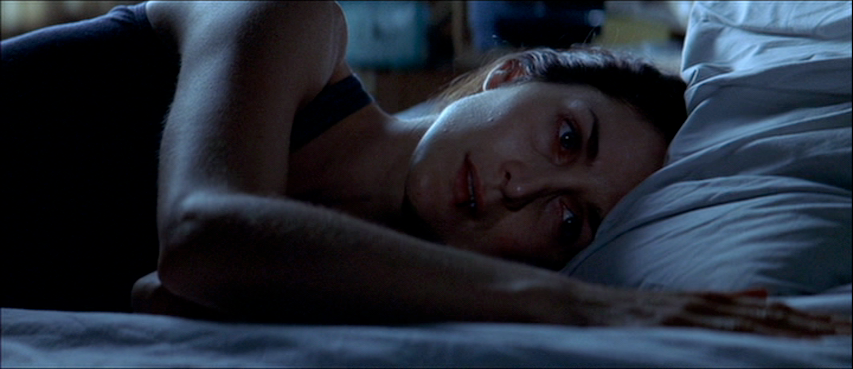Nolan’s Best Shot: Memento

These days, director Christopher Nolan is justifiably esteemed for risking his blockbusters on such nominally cerebral material as Inception, The Dark Knight, and The Prestige. But for me, Nolan’s breakout success Memento—today celebrating the tenth anniversary of its release—is still the movie that best corrals his recurring strengths and weaknesses into one taut package. I’d go further to advise fans and skeptics alike to catch the chronological-order cut of the movie (available on the Limited Edition DVD), which shores up how duly the movie’s meticulous construction serves its high-concept premise, its reliance on copious exposition and its motivating dead lovers—all tropes that have since dogged Nolan’s work, often for the worse.
But more than that, the chronological-order cut also offers a crucial look at how editing can utterly change our conception of an actor’s craft, and a writer-director’s rounded compassion. The above shot, my pick for Nathaniel Roger’s Hit Me with Your Best Shot series, offers the gist of my elations and problems with Memento. I’ve heard somewhere that, coming off the back of The Matrix‘s success (my review), Carrie-Anne Moss’ signing on to Memento was what led to the project being green-lit. Funny that we haven’t seen much of her since, while the two movies that remain her most prominent cultural legacies are still going strong a decade later. And they both reduce her to token plot points! That’s irony for you.


